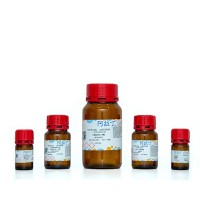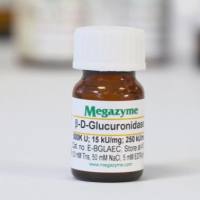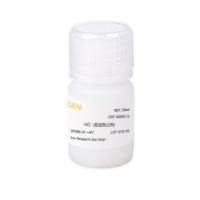Assays for Proteasome Inhibition
互联网
718
The ubiquitin-proteasome pathway has an essential role in the regulation of numerous cellular proteins, including those mediating inflammatory conditions and cancer (1 –6 ). Intracellular proteins destined for proteolysis are first tagged with polyubiquitin chains through a cascade of enzyme-catalyzed events. These ‘marked’ proteins are then degraded via the 26S proteasome in an ATP-dependent manner (7 ). The 26S proteasome (EC 3.4.99.46) is a large, multisubunit enzyme (MW=2000 kDa) found in high concentration in all mammalian cells. The ATP hydrolytic activity and the specific subunits that bind ubiquitin in the 26S are located within a protein complex known as the 19S subunit which caps either end of the 20S core. The ATP-independent proteolytic activity of the proteasome is contained within this central 20S core (MW=730 kDa), a multicatalytic protease that has three well characterized peptidase activities. The three peptidases: chymotryptic, tryptic, and postglutamyl peptide hydrolytic activities, are associated with three distinct subunits: β5✻ , β2✻ , and β1✻ , respectively (8 ). Each site is defined by its ability to hydrolyze peptide substrates in vitro, with hydrophobic, basic or acidic amino acids in the P1 position.








